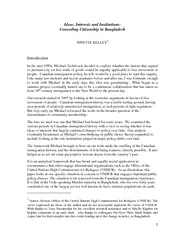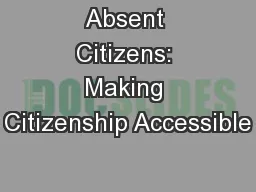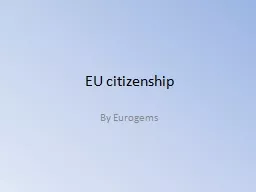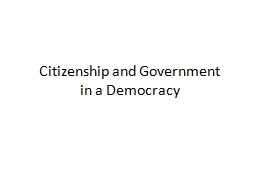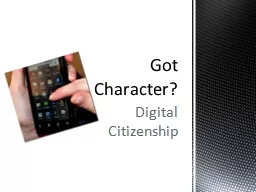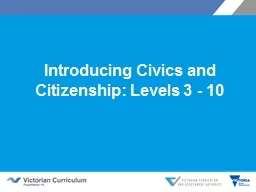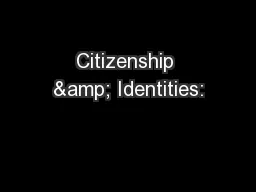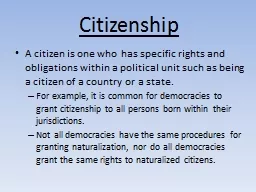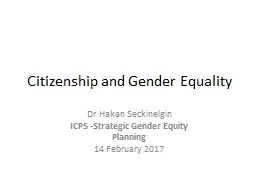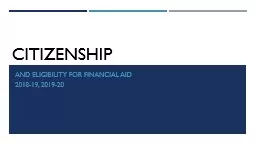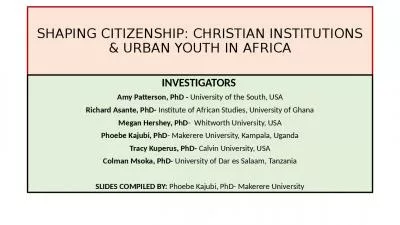PDF-Ideas Interests and Institutions Conceding Citizenship
Author : ellena-manuel | Published Date : 2015-05-19
Canadian immigration policy he felt would be a good place to start this inquiry Like many law students and rece nt graduates before and afte r me I was fortunate
Presentation Embed Code
Download Presentation
Download Presentation The PPT/PDF document "Ideas Interests and Institutions Concedi..." is the property of its rightful owner. Permission is granted to download and print the materials on this website for personal, non-commercial use only, and to display it on your personal computer provided you do not modify the materials and that you retain all copyright notices contained in the materials. By downloading content from our website, you accept the terms of this agreement.
Ideas Interests and Institutions Conceding Citizenship: Transcript
Download Rules Of Document
"Ideas Interests and Institutions Conceding Citizenship"The content belongs to its owner. You may download and print it for personal use, without modification, and keep all copyright notices. By downloading, you agree to these terms.
Related Documents

